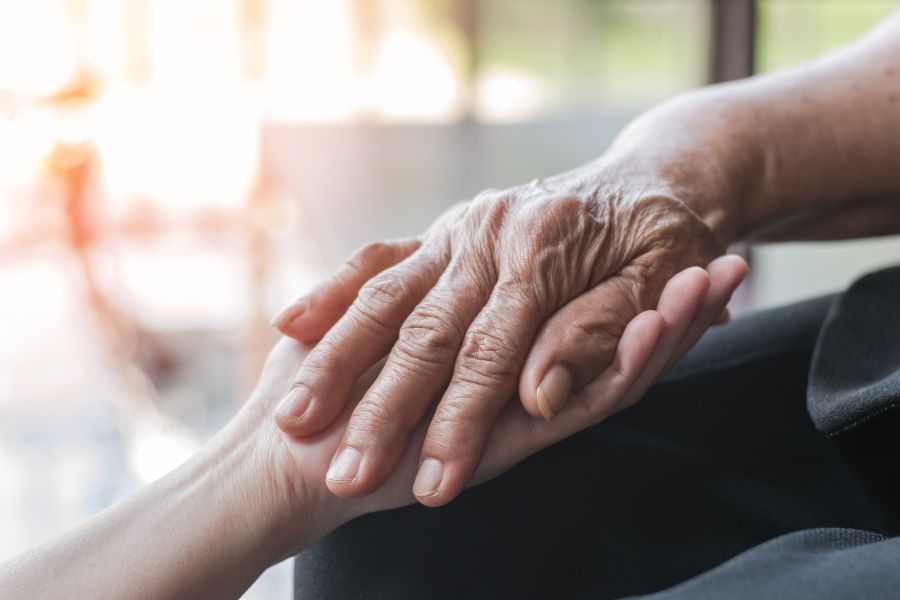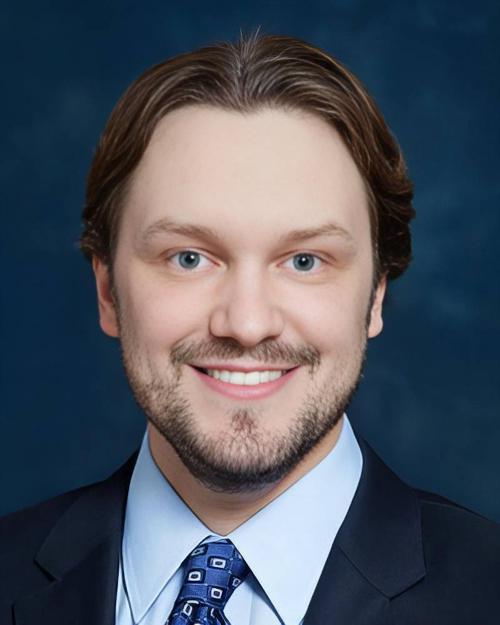
Neurologist Dr. Gavin Brown describes Parkinson’s disease as one of the most common neurodegenerative conditions, second only to Alzheimer’s disease.
“Right now, there are 6 million people affected worldwide,” he said.
Who gets Parkinson’s disease?
According to Dr. Brown, age is the biggest risk factor.
“It gets much more common as we age. If we all lived to be 150 years old, everybody would have Parkinson’s disease. And that’s because the dopamine stores in your brain naturally burn down and you run out of them eventually with age.”
Other contributors include brain injury, toxic exposures and genetics.
“Muhammad Ali is sort of a prime example of how brain injuries, in his case just repeated head injuries, can lead to Parkinson’s disease,” Dr. Brown explained.
Farmers using older pesticides and people exposed to solvents are also at greater risk. Genetics play a role in only about 20% of cases.
“Having a family member affected increases the risk a little bit, but the non-genetic risk factors have a far greater impact on the disease,” he said.
Symptoms and diagnosis
Parkinson’s can look different from person to person. The cardinal features of it, Dr. Brown noted, are tremors. Most patients experience a resting tremor that often resembles rolling a pill between their fingers. Other hallmark symptoms include slow movements, stiffness and gait changes such as shuffling or difficulty turning.
Postural instability is also common.
“Patients will have trouble rising up initially” from low seats and may fall backwards, a symptom known as retropulsion. Additional signs can include masked facial expression, a soft voice and reduced blinking.
Non-motor symptoms are often present, sometimes years before movement changes.
“Difficulty or a complete loss of smell is very common,” Dr. Brown said.
Constipation, blood pressure fluctuations, restless legs and dream enactment behaviors also raise red flags. In later stages, some patients develop cognitive slowing or even visual hallucinations.
Parkinson’s remains a clinical diagnosis based on these symptoms, though newer tests are emerging.
“The skin biopsy is rapidly, I would say, replacing DAT scans just because we can do them in the office,” Dr. Brown said, referring to biopsies that detect the protein alpha-synuclein.
Treatment options
While there is no cure, medications can ease symptoms. The mainstay remains carbidopa-levodopa.
“Levodopa is just synthetic dopamine. So, you’re giving patients back what they are missing,” Dr. Brown explained. Other drug classes may also help.
Advanced therapies are available for select patients. Deep brain stimulation uses an implanted electrode to control symptoms, while focused ultrasound creates precise lesions in the brain to reduce tremors. Looking ahead, stem cell therapy and neuroprotective drugs, including GLP-1 agents like Ozempic, are under study.
The power of lifestyle
Dr. Brown emphasized that only one intervention is proven to slow progression: exercise.
“It is very clear there’s a mountain of evidence that exercise prevents or at least delays the onset of Parkinson’s disease before it starts,” he said. “And also, that physical activity and exercise slow progression.”
He recommends a mix of aerobic and resistance training.
“When patients ask me how much they should exercise … at least five days a week, at least 45 minutes a day,” Dr. Brown advised. “I tell patients to move like their life depends on it. It definitely does.”
Beyond movement, exercise also supports mental health.
“It’s very common for this to weigh on patients emotionally,” Dr. Brown noted. But activity helps counter depression, boosts resilience and even increases brain volume over time.
Looking ahead
Parkinson’s is a complex condition, but understanding risk factors, early symptoms and the power of lifestyle choices can make a difference.
“The holy grail is to catch it early and stop it from progressing,” Dr. Brown said.
Need a provider? Find one near you and schedule your next appointment online.

